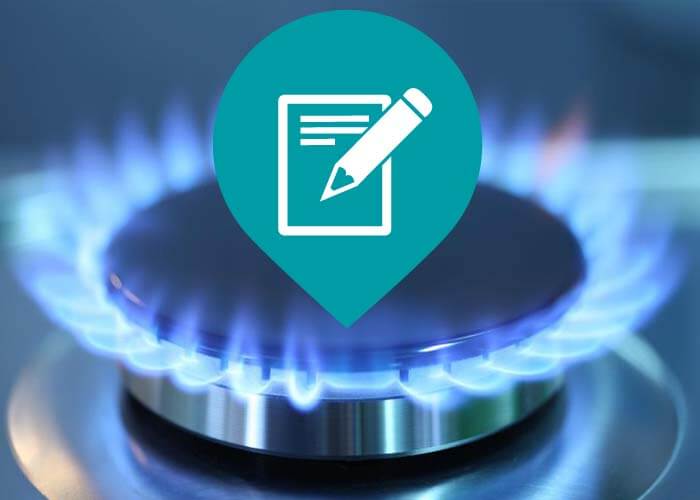
Just how Does the Gas Delivery System Work?
Exactly how Does the Natural Gas Distribution System Work?
Gas flowing from greater to lower pressure is the fundamental principle of the natural gas distribution system. The quantity of pressure in a pipeline is determined in extra pounds per square inch.
From the well, the natural gas enters into "gathering" lines, which are like branches on a tree, getting bigger as they get closer to the central collection point.
Event Systems
An event system may need several field compressors to relocate the gas to the pipe or the processing plant. A compressor is an equipment driven by an internal combustion engine or turbine that develops stress to "push" the gas via the lines. Most compressors in the gas shipment system make use of a small amount of gas from their very own lines as fuel.
Some gas event systems consist of a processing center, which performs such features as removing contaminations like water, co2 or sulfur that may wear away a pipe, or inert gases, such as helium, that would reduce the power value of the gas. Processing plants likewise can get rid of small quantities of propane and butane. These gases are utilized for chemical feedstocks as well as other applications.
The Transmission System
From the event system, the natural gas steps right into the transmission system, which is usually made up of concerning 272,000 miles of high-strength steel piper.
These huge transmission lines for gas can be compared to the country's interstate freeway system for cars. They relocate large quantities of natural gas thousands of miles from the generating regions to neighborhood circulation companies (LDCs). The stress of gas in each area of line typically varies from 200 pounds to 1,500 pounds per square inch, depending on the sort of location in which the pipeline is operating. As a precaution, pipes are developed and also constructed to manage far more pressure than is ever actually reached in the system. For example, pipelines in even more inhabited areas operate at less than one-half of their style pressure degree.
Several major interstate pipelines are "knotted"-- there are 2 or more lines running parallel to each other in the same right of way. This offers optimum ability during durations of peak demand.
Compressor Stations
Compressor terminals are located roughly every 50 to 60 miles along each pipe to improve the pressure that is shed via the friction of the gas moving with the steel pipe. Several compressor stations are totally automated, so the equipment can be started or stopped from a pipe's main control room. The control room can likewise from another Click for info location run shut-off valves along the transmission system. The operators of the system keep in-depth operating information on each compressor terminal, as well as continually readjust the mix of engines that are going to maximize efficiency and safety.
Gas actions with the transmission system at up to 30 miles per hr, so it takes a number of days for gas from Texas to reach an utility invoice factor in the Northeast. Along the road, there are lots of interconnections with other pipes and various other utility systems, which supplies system operators a large amount of versatility in relocating gas.
Linepack
A 50-mile area of 42-inch transmission line operating at around 1,000 pounds of pressure consists of around 200 million cubic feet of gas-- enough to power a kitchen range for more than 2,000 years. The amount of gas in the pipe is called the "linepack.".
By increasing as well as decreasing the stress on any type of pipeline section, a pipeline business can utilize the section to keep gas during durations when there is much less demand at the end of the pipe. Making use of linepack this way enables pipeline operators to deal with hourly variations popular very efficiently.
Gas pipelines and also utilities utilize very innovative computer versions of customer demand for gas, which relate everyday and also hourly usage fads with seasonal and environmental variables. That's why customers can depend upon the dependability of gas-- when it's required, it exists.
Entrance Terminals.
When the natural gas in a transmission pipeline reaches a regional gas utility, it typically travels through a "entrance station." Energies regularly have gate terminals getting gas at various places and from numerous different pipes. Entrance terminals serve 3 purposes. Initially, they decrease the stress in the line from transmission levels (200 to 1,500 pounds) to circulation degrees, which range from 1/4 pound to 200 extra pounds. After that an odorant, the distinctive sour fragrance related to natural gas, is added, to make sure that customers can scent also small quantities of gas. Finally, the gate station determines the circulation price of the gas to determine the amount being obtained by the energy.